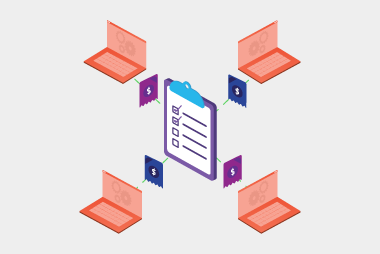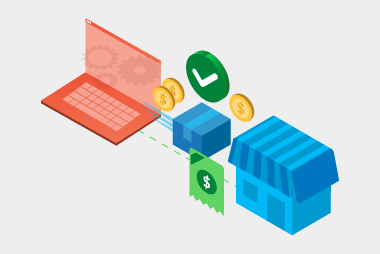1. Start with your audience
Not everyone needs the same information. Break your communication plan into key groups and tailor messages accordingly. For example, you might segment your audience into:- internal stakeholders: finance, IT, procurement, leadership
- suppliers or customers: especially those directly impacted by the change
- support teams: help desk or service teams who may field questions.
2. Define your core messages
Before you start drafting your communications, get clear on the main messages you need to repeat throughout your rollout. Each audience will have different concerns, so your messaging for that segment may need to answer:- what eInvoicing is (and isn’t)
- why your business is adopting it now
- the benefits for each group (e.g. faster payments for suppliers, less admin for AP teams)
- what’s expected from each stakeholder
- where to go for support.
3. Use multiple channels
Different people engage with information in different ways. Use a mix of channels to reach your audience effectively:- emails: for clear calls to action and updates
- intranet or internal newsletters: for broader awareness internally
- presentations or meetings: to get buy-in from leadership or teams
- FAQs or guides: to support suppliers or new users
- webinars or drop-in sessions: to answer questions and build confidence.
- quick-start guides
- eInvoicing explainer PDFs
4. Be transparent about timing
People like to know what’s coming and when. Your communication plan should outline:- when eInvoicing will go live
- key dates for testing, onboarding, or cutovers
- deadlines for any supplier actions (e.g. registering for Peppol)
- when follow-ups or reminders will be sent.
5. Make it two-way
Communication isn’t just about sending information, it’s also about listening. Build in opportunities for feedback, questions and dialogue. For example:- include a contact for support or queries in every message
- run Q&A sessions before and after go-live
- survey your suppliers or internal users post-rollout to capture lessons.
6. Follow up and reinforce
Don’t stop communicating once eInvoicing goes live – take stakeholders on your journey. Your rollout communications plan should include:- follow-ups for stakeholders who haven’t taken action
- updates on adoption metrics (e.g. “80% of suppliers are now onboarded”)
- reminders of benefits achieved (e.g. faster processing times)
- tips for getting more out of the solution.
Request a call
Chat with one of our experts
Just fill out your details below and we'll be in touch within one business day.

